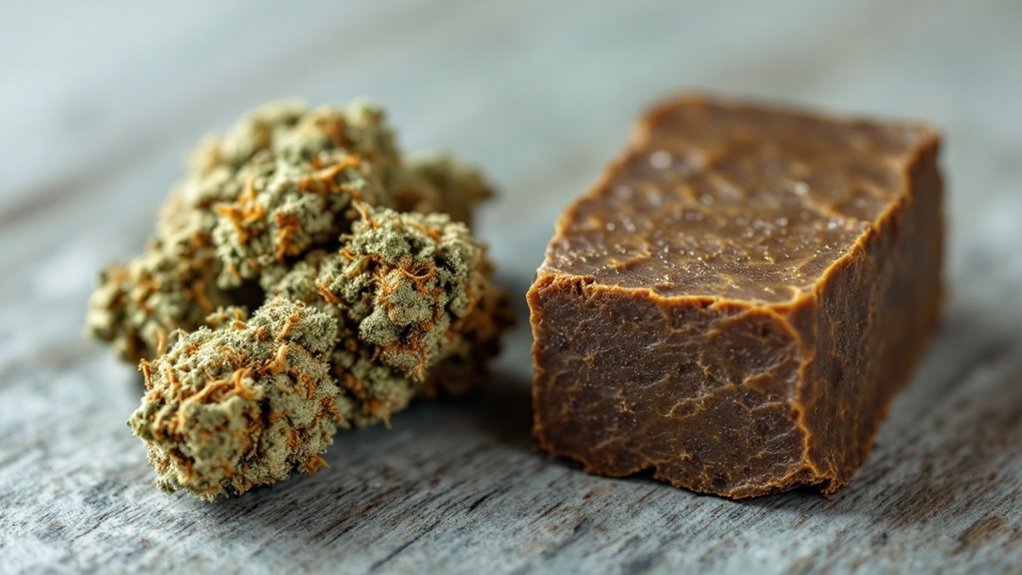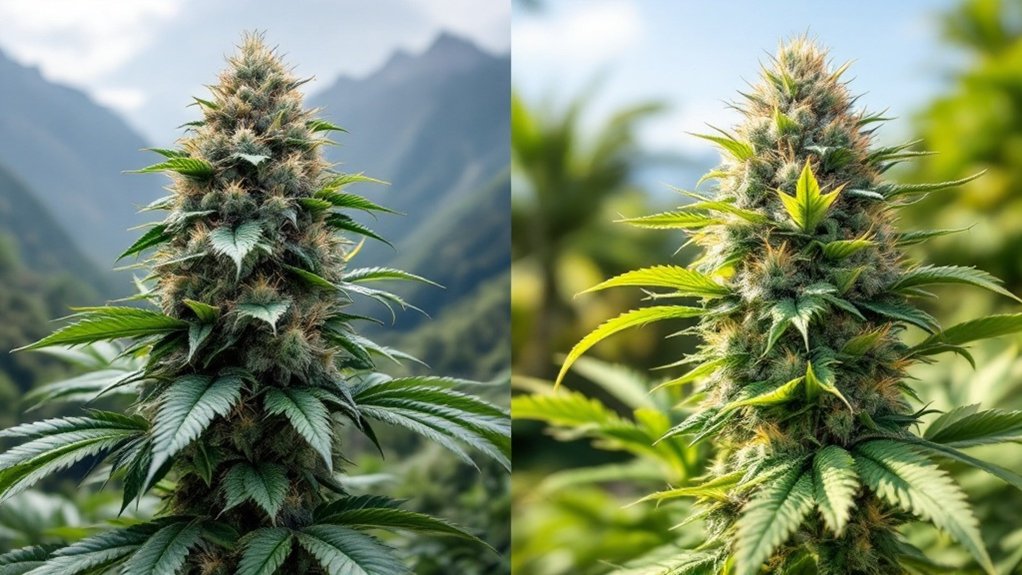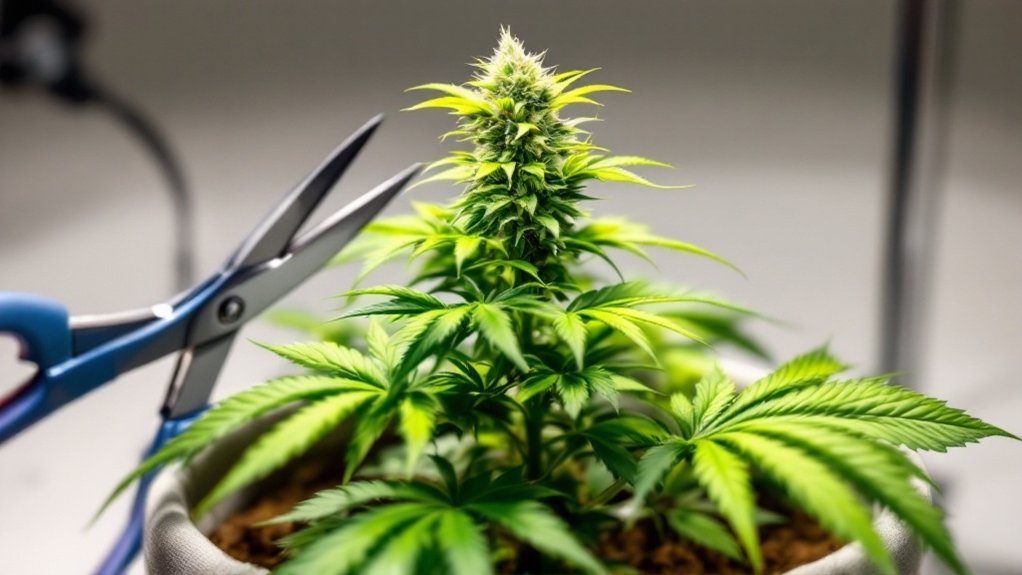Emerging cannabis markets present diverse growth trajectories globally. North America dominates with a projected 16-20% CAGR by 2025, while Europe follows at 12-15%, led by Germany, the UK, and Spain. Thailand has transformed Asia-Pacific’s landscape after its 2022 decriminalization, establishing over 1,000 licensed clinics. Latin America leverages Colombia’s low cultivation costs ($0.06 per gram) for export potential. Africa shows promise through South Africa and Lesotho’s cultivation initiatives. These developing markets offer substantial investment opportunities amid evolving regulatory frameworks.

As the global landscape of cannabis legalization continues to evolve, emerging markets across five continents are reshaping the industry’s future. North America maintains its position as the largest global cannabis market, with projections indicating a compound annual growth rate (CAGR) of 16-20% by 2025. The United States alone is expected to generate $45.3 billion in cannabis revenue by 2025, while market realignment occurs through mergers and acquisitions primarily driven by small and midsize businesses.
Europe demonstrates steady growth potential with a predicted CAGR of 12-15% through 2025. Germany, the United Kingdom, and Spain lead legislative advancements for both medical and adult-use cannabis frameworks. Poland has emerged as a rapidly expanding medical cannabis market, with consumption increasing by 224% in 2023. Price differentiation has become increasingly apparent with premium high-THC flower commanding significantly higher prices across European markets. Switzerland contributes greatly to cannabis science through pilot programs for adult use and pharmaceutical research initiatives.
The Asia-Pacific region presents moderate but consistent growth at 8-12% CAGR, with Thailand becoming a central figure following its 2022 decriminalization measures. Thailand’s cannabis landscape features over 1,000 licensed clinics and a strategic pivot toward compliant exports of non-inhalable medical products, including topicals and tinctures.
This strategic positioning enables Thailand to function as a bridge for cannabis supply between Eastern and Western markets.
Latin America exhibits promising development with a projected CAGR of 10-14%, focusing primarily on medical cannabis markets. Colombia stands out for its exceptionally low cultivation costs at $0.06 per gram, positioning the country as a potential global supplier despite ongoing regulatory challenges and quota limitations. An overwhelming 88% of Americans now support legalizing cannabis, suggesting that Latin American countries may soon face increased pressure to liberalize their markets even further.
Mexican and Brazilian market liberalization efforts further contribute to regional momentum.
The Middle East and Africa regions demonstrate more gradual progress with an anticipated CAGR of 6-8% through 2025. South Africa and Lesotho lead regional initiatives in medical cannabis cultivation and exports, while investment in cannabis research continues to gain traction across these territories.
The global legal cannabis market is expected to reach $68.47 billion by 2025, reflecting a CAGR of 15-20%. Although global merger and acquisition activity remained sluggish in 2024, analysts anticipate rapid acceleration in 2025 as cannabis rescheduling and regulatory hearings progress, creating new opportunities for market expansion across these developing regions.
Frequently Asked Questions
How Do Regulatory Frameworks Differ Between Emerging Cannabis Markets?
Regulatory frameworks across emerging cannabis markets demonstrate significant variation in key areas such as licensing structures, testing requirements, and social equity provisions.
Some markets prioritize limited license models with high barriers to entry, while others implement more open systems.
Testing protocols differ substantially, with certain jurisdictions requiring extensive pesticide and heavy metal screenings while others maintain more basic safety standards.
Tax structures also vary widely, affecting both consumer pricing and business viability across different regions.
What Investment Risks Exist in These Emerging Markets?
Investment risks in emerging cannabis markets include regulatory uncertainty across jurisdictions, which creates compliance burdens and potential legal exposure.
Market volatility presents challenges as competition intensifies while federal prohibition limits banking access and imposes punitive tax rates.
Climate vulnerabilities, particularly for outdoor cultivation operations, threaten supply chains through droughts, wildfires, and extreme weather events.
Economic instability compounds these risks, as does the uncertain timeline for federal rescheduling that complicates long-term business planning and capital allocation decisions.
Which Cannabis Products Are Most Popular in New Markets?
In new cannabis markets, flower typically dominates initial sales, often representing over 40% of revenue as consumers gravitate toward familiar formats.
Pre-rolls gain quick traction due to their convenience and lower entry barriers for newcomers.
As markets mature, edibles and vape products steadily increase in popularity, with edibles appealing particularly to non-smokers.
CBD-focused products like oils and tinctures establish strong footholds in markets where medical applications precede recreational legalization, typically capturing 20-30% of market share.
How Do Banking Restrictions Affect Cannabis Businesses Internationally?
Banking restrictions create significant operational challenges for cannabis businesses internationally.
Financial institutions typically avoid servicing these companies due to compliance concerns with international anti-money laundering regulations.
Cannabis entrepreneurs often face difficulties accessing basic banking services, processing payments, and securing capital investments across borders.
Many businesses resort to cash-only operations or utilize complex corporate structures to access banking in more cannabis-friendly jurisdictions.
These restrictions substantially increase operational costs and security risks for international cannabis operators.
What Cultivation Practices Are Required in Different Geographic Regions?
Cannabis cultivation practices vary considerably by geography.
In Western North America, outdoor growing utilizes full sun with April-June planting and fall harvesting, while Hawaii allows year-round cultivation due to its tropical climate.
Appalachian regions favor remote terrain with companion crops for camouflage.
Each region faces distinct regulatory requirements, including security measures like fencing and surveillance in some areas, while others mandate enclosed facilities.
Environmental factors such as altitude, temperature, and sunlight hours determine strain selection and growing methodologies.









